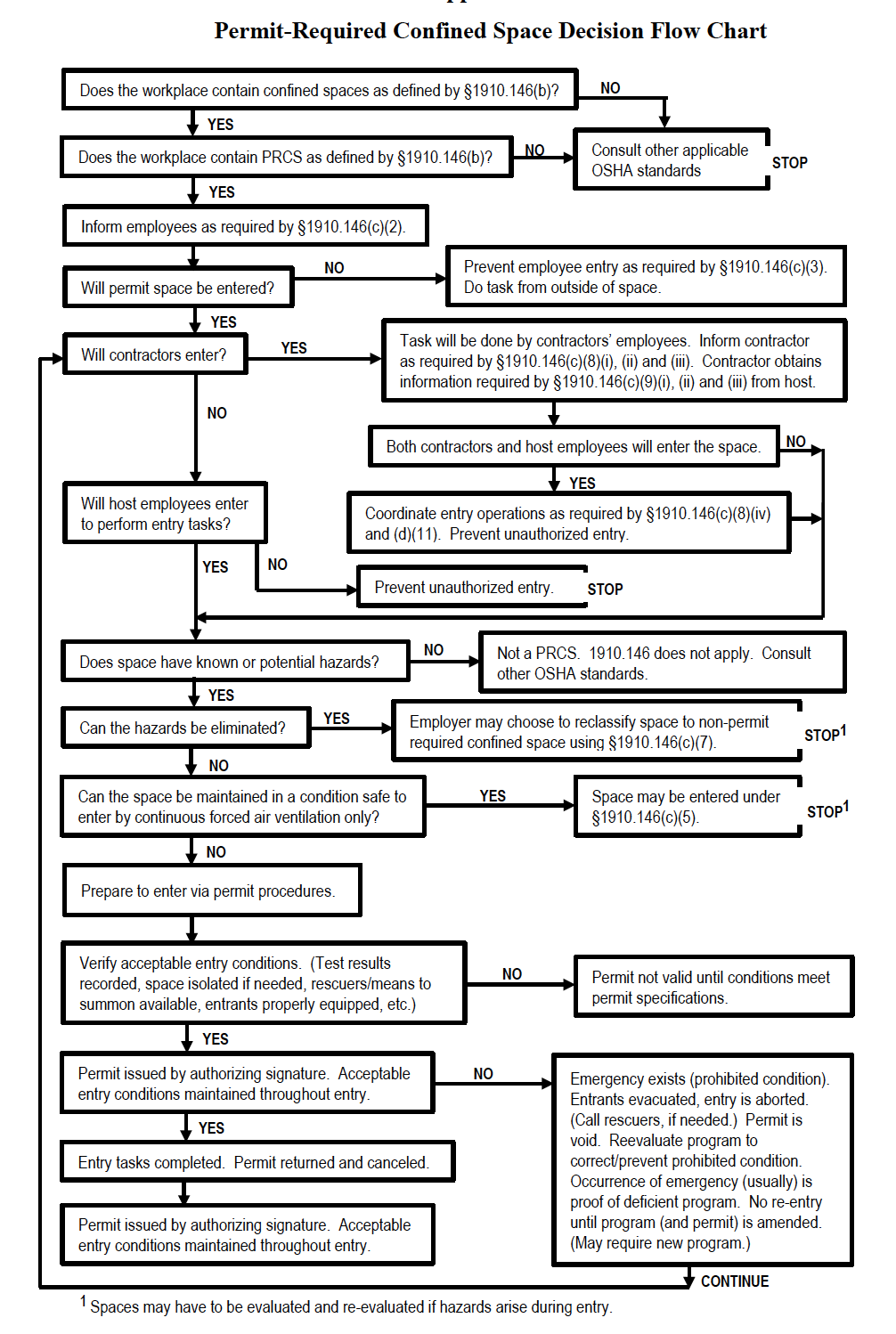At 10 p.m. on 3/19/18, an employee and coworker were performing preventative maintenance on a chlorine gas system used in a water filtration process. The employee and coworker were removing and reinstalling, a flange with a black Teflon rubber gasket. They were working in a 48-foot long, 24-foot wide, and 6-foot tall crawl space under a chlorine cylinder storage building. The schedule 80 polyvinyl chloride (PVC) chlorine pipes that were connected to the flange were under vacuum and purged before the work began in an attempt to remove residual chlorine gas. The employees were required to wear a Self-Contained Breathing Apparatus (SCBA), 4,500 PSI, with a Full Facepiece as protection against any residual chlorine gas. Near the end of the work, one of the employees adjusted their tight-fitting, elastomeric facepiece and inhaled residual chlorine gas. The employee became agitated and while attempting to exit the crawl space further dislodged the tight-fitting elastomeric facepiece. The employee was hospitalized. The employee was reported to have a beard.
This is a classic example of improper use of respirators with the blasted facial hair raising its ugly head. It sounds like the employee got a dose of Chlorine while adjusting his mask, panicked and must have thought he was in fresh air and fully removed his facepiece before he exited the space and got a bigger dose. We should ALWAYS be using a calibrated meter to monitor the atmosphere, EVEN WHEN USING AN SCBA! ANd for the love of your God – SHAVE your friggin’ face when you are in a respiratory protection program!
NOTE 1: I do not understand all of these citations with no penalty. This was in MD and this was a public water treatment facility. MD-OSHA is a STATE PLAN so they cover municipal facilities, but in this case, they issued 22 citations with ZERO in $’s.
NOTE 2: Based on the citations, OSHA must have established the 48′ long, 24′ wide, and 6′ tall “crawl space” (more like a “tunnel”) was a PRCS. As we can see from their summary, there are flanges in the Chlorine Piping within this space and that provided the “potential for a hazardous atmosphere” and I have to assume that the means to get into this “crawl space”/”tunnel” was by ladder or some other “restricted means of entry/exit”.
The facility is contesting the citations.

